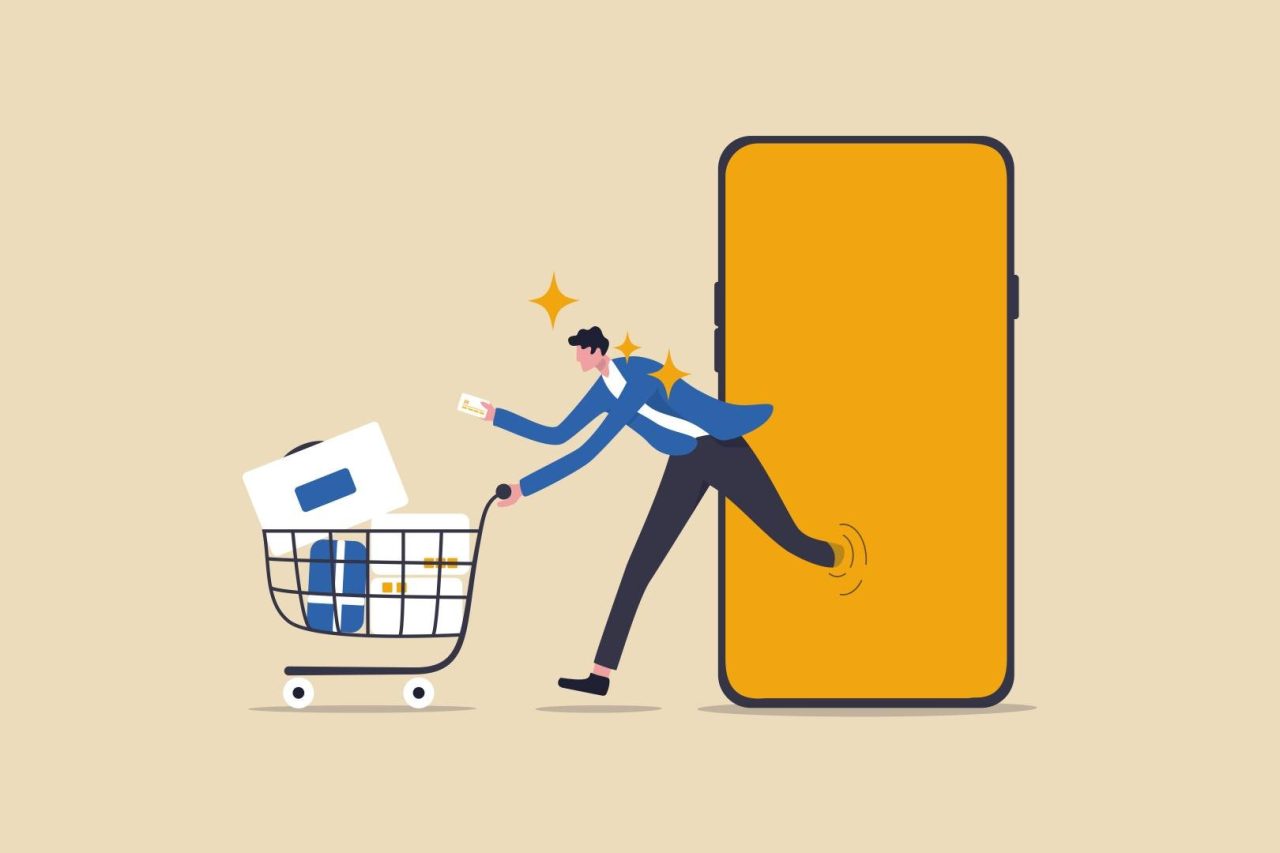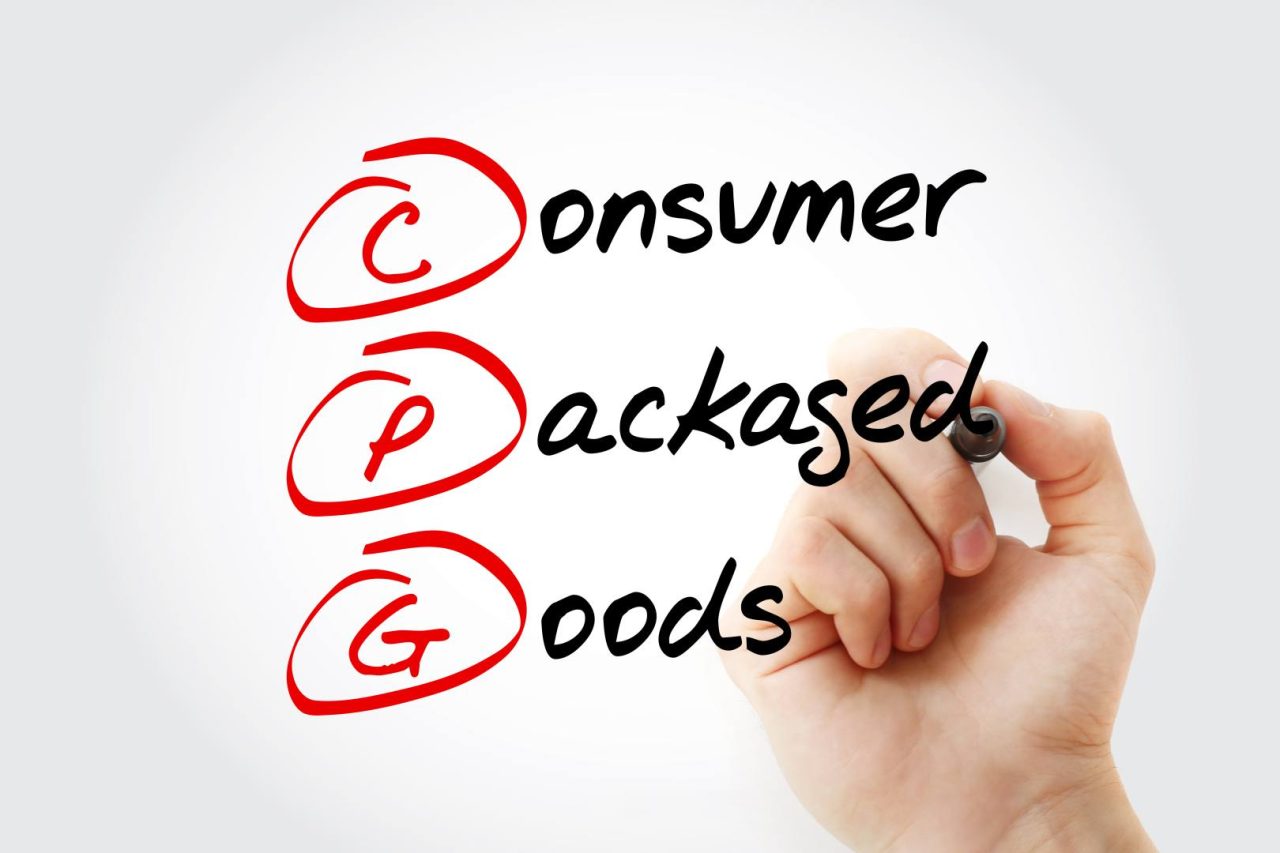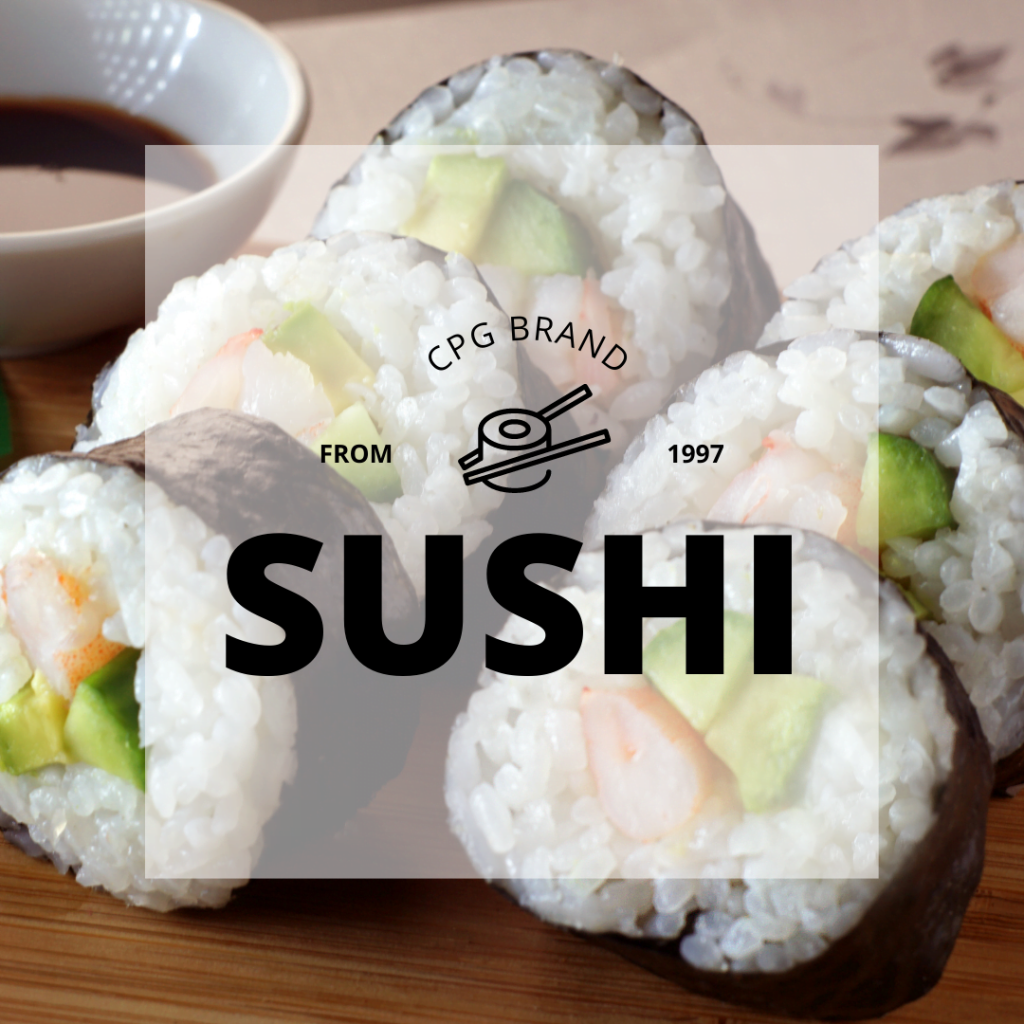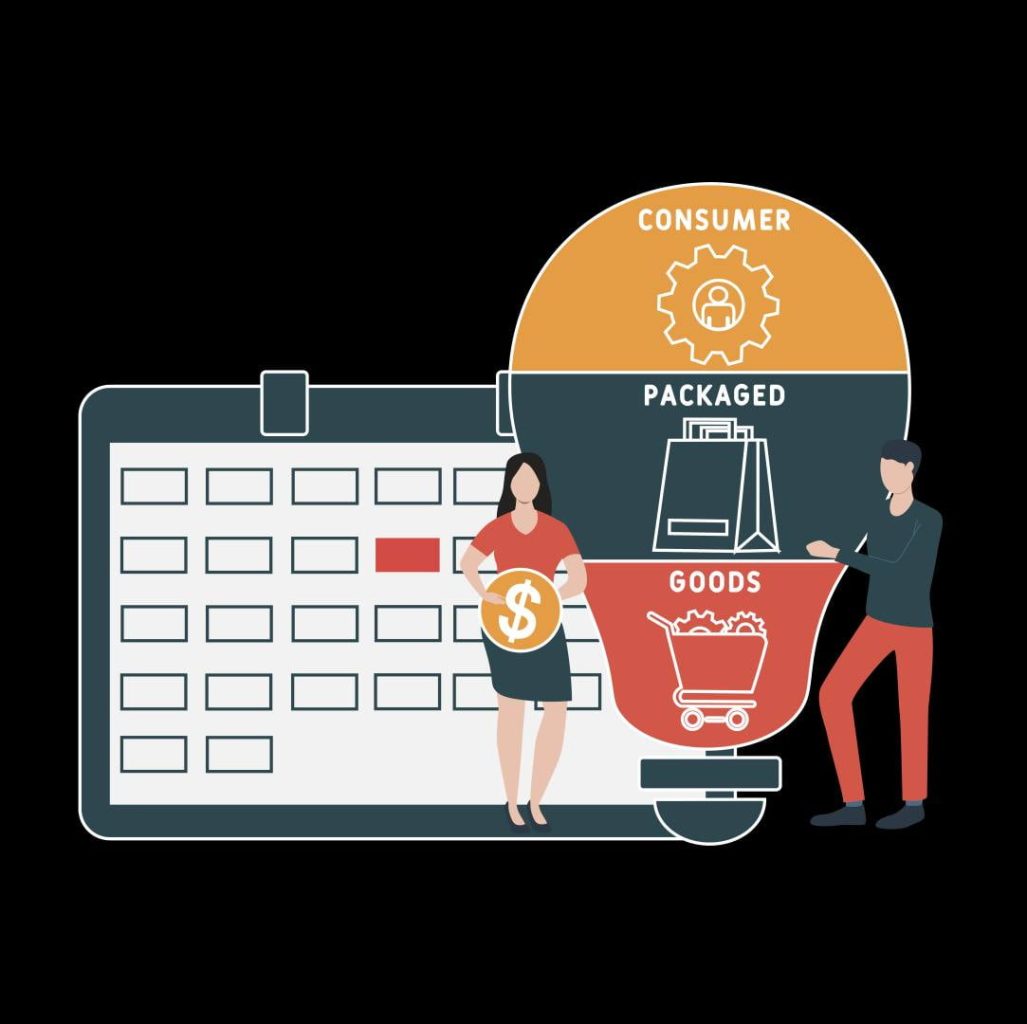CPG Business Website Overhaul: How to Create the Perfect Website for Your Sales Goals
If you are a consumer packaged goods business, you may be asking yourself what makes for an effective CPG website that is worth its return on investment. For one, an effective CPG website differentiates why your products are unique or better than your competitors’, while at the same time showcasing your “why” and “how” that makes consumers more favorably aligned to your brand.

Manufacturing web design must likewise display the products offered in a centralized and favorable light, making it easy for customers to understand what they’re buying and giving them an opportunity to find your products easily – be it with a store locator that showcases nearest local distributors or presenting them with an intuitive purchasing option on your website.
But to truly create an effective website for your CPG business, you have to dig deeper into who your ideal customer is and why your products are the best solution to their needs. Then, make your website be an answer by showcasing speaking directly to that customer and making your website a pleasant, user-friendly experience.
What To Ask Yourself Before You Design Your Next CPG Website
Top CPG brands understand the power of marketing. CPG products that are well photographed and include quality pixilation tend to resonate better with potential consumers than those that don’t.
When designing or redesigning your next website, foremost, think about the user. Does your copy and messaging align and speak to the user’s pain point or needs? Are you talking too much about yourself as the “hero” while you should be portraying yourself as the authoritative guide?
To better structure your website so that it is effective in its modus operandi of lead generation and customer retention, there are a few questions to ask yourself:
- What is the “why” of my business?
- What is the “how” of my business, and how can I highlight its benefits for the consumer?
- What makes me different from my competitors?
These questions can serve as guides that inform main “page objectives” and its content. Next, each page of your website should have an objective. What is it that you’d want visitors to do when they visit your website? Each page should have an objective and a strategy to get visitors to take action with you, including the copy, design, and calls to action.
Furthermore, before you even start with website development, think about what you’d like for your website to do for your business as a whole. Try to be as specific as possible, such as “generate 20 new leads per month” or “contribute to 5 new sales.”
When you have this detailed end goal in mind, it will be much simpler to think of your website as a sales and marketing tool, rather than an introductory brochure to your business. Likewise, it would then be easier to work with a web design agency that understands your needs as a CPG business and reverse engineer a website that is able to achieve these tangible goals.
By understanding what you’d like to achieve with your website and then coming up with a concrete strategy and plan of what you’d want your website to do for your customers and for yourself, you will be set up for success!
What To Include on Your CPG Homepage

Every successful website needs to include certain features to have a favorable return on investment. Since the homepage is the main landing-page, there are certain things it should present to its visitors to have the best potential user experience and lead to customer conversion rate.
The following is a checklist of elements your CPG homepage should include:
- A header that states what you do in a phrase
- A few lines about who you are, what you do, and how you can help your customers
- A lengthier explanatory paragraph describing more about your business in depth (here, you can speak to the major pain points of your customers and how you can help solve them)
- A visible call to action in the right-hand corner of the website
- Value proposition in bullet points
- The plan of how you imagine your relationship with customers playing out (spell out what customers need to do to business with you in simple, eye-catching terms)
- Your authority displayed through testimonials or case studies
- Your pricing and return policy
- Everything else in the last footer section, such as FAQs, contact info, job opportunities, blog, and more
What Not to Include on Your Website
While it’s very important to include certain elements to your website, it is equally important to exclude a few that may be tainting your holistic efforts! Here are things that you should absolutely not include on your CPG website if you want a better user experience and a decent return on investment on your website:
- Images, words, and design that does not fit your branding (or even opposes it)
- Do not barrage your competitors or make fun of them
- Don’t make the website be about you (the owner); make it about the product and what it can do for your customers
- Stay away from wordiness, industry jargon, private commentary, and unprofessional musings
- Don’t make your blogs and news only about your team and company; use it as a way to provide value to your customers and bring more traffic to your website
- Stay away from flashy design that may capture attention but that may detract from showcasing your business in a professional light
- Don’t make your products out to be something that they’re not; be very transparent, authentic, and genuine
- Don’t make it hard for people to contact you; be available to your customers
- Hold off from including too many pop-ups and requests (visitors will see them as off-putting and will leave your page)
Top Tips for Your CPG Website Design and Layout
Think of your favorite CPG website. What does it do well that most others don’t? Why is it so memorable to you? Perhaps it is its seamless navigation and phenomenal attention to detail. Or maybe it had an interesting lead magnet email capture that helped you learn something new. Whatever it was, it made an impression on you – and now it is time to make your own website stand out and not look like any other cookie-cutter CPG website out there.

Here are our top design tips we have for our CPG clients that help them achieve better branding, marketing, and sales outcomes:
- Ensure your website is responsive and mobile friendly, since over half of internet visitors come from mobile devices
- Write copy that aligns with key customer needs and pain points; if you speak to everyone, you’ll end falling on deaf ears
- Establish that the design, colors, and images reflect your brand identity and core values
- Keep blocks of text, images, and other layout features simple and orderly (make it easy for users to find what they’re looking for)
- Prioritize typography and white space, because both will contribute to better user experience and branding
- Since your products are central to your business success, perhaps including visuals like videos that model your products could really help your buyers make a decision
- Don’t forget to check that your website loads quickly, doesn’t have errors or any missing pages, and is optimized for on-page SEO
Although you may be inclined to go overboard with your website and include everything under the sun to serenade your potential customers, know that less is more and that including features to your website that make sense for your business the most is key!
And remember, do avoid clutter and opt in for simplicity, key visuals, and white space. Just like it is true when it comes to website copy, when you try to do it all for everyone, you will end up not impressing anyone in particular. Instead, talk to your main customer avatar and construct your text, visuals, and calls to action to speak directly to the pain points and needs of this main prospect.
The Best CPG Content Strategy
The best CPG content strategy is predicated on teaching your visitors about the benefits of your products as well as educating them on how they could use your products in ways that will bring more joy to their lives. For example, if you are in the dessert niche, you can publish little-known recipes from 50 years ago, modernize them for today’s times, and add a bit of history behind them in order to engage new generations of bakers to try something old in a new way.
Adding a unique spin to content you put out for your visitors will help you establish yourself as a thought leader in your niche, helping to further elevate the trust factor of your brand. Likewise, depending on the type of content that you publish, your content can inspire others, be shared multifold, and even go viral.
Overall, you should focus only on writing content that provides value to your audience. Simply put, most individuals don’t really care if your team had a great time at the recent company picnic, since most consumers are personally motivated. Instead, give your readers something interesting or insightful that they can utilize practically and they’ll thank you with either an email exchange, product purchase, or social media follow.
Remember, one of the biggest deterrents to great content are companies that use their blog to publish their company updates and news. This makes them the hero of the journey, and not their customers, who must be made to care at every point of the website journey to take action with your business.
In addition, adding a FAQ section to your landing pages or in a designated section of its own where you answer the most pertinent product questions will help your customers lower their resistance in making a purchase by being more aware of product features and their benefits. It will also showcase your authority in the field and help with product SEO.

In essence, some of the best content for CPG businesses is:
- Educational
- Practical
- Valuable
- Entertaining
To get an even better understanding of which content does well in your niche, you can do a bit or research around your competitors and see which content does well. Which content are people sharing and commenting on, and if you understand SEO, which content seems to be doing the best, including blog content? This investigation can give you plenty of insights into what type of content is popular and which content you could create.
Overall, don’t leave your content strategy up to a whim and blog about whatever comes to mind. Instead, be intentional! Spend some time to research, investigate, and think of the best ways you could inform your audience about your products, industry, niche, and topics of interest. Then, create a content strategy around all the topics that you investigate and make sure that you have enough to write about for at least 3-6 months.
And while it’s important to have an intentional and targeted content strategy, being flexible by changing and modifying some of the topics is recommended. For example, if you publish certain articles that don’t seem to be performing well in time, you should definitely go back and see if you could add to them in some ways to make them more appealing to readers. If anything, underperforming articles could tell you a lot about the ways to update your content strategy for further success.
How to Create an Engaging Homepage That Converts Visitors Into Customers
Creating an engaging homepage is equally art and science, given that it takes technical and content optimization (SEO) to attract individuals organically to the website and targeted copy and design to keep them there. To create a successful CPG website, your business should definitely have both.
When it comes to creating an engaging homepage that converts visitors into customers, a homepage should achieve three things:
- It should show what you offer and make it easy for visitors to do business with you (you can achieve this through repeated and easy to find calls to action)
- Be intuitive, easy to navigate, free from errors, and compelling to explore
- Set you apart as a trustworthy authority in your niche
According to Donald Miller from StoryBrand, people don’t buy the best products in the market but the ones that have the clearest messaging. By being too wordy and impressive, you may be actually doing yourself a disservice and confusing customers that have very short attention spans.
Keeping your website copy to an 8th grade reading level would actually do you a service by helping you deliver your message quickly and easily to those that are looking for it. Simply think how you could capture the attention of your prospects in 5-7 seconds by clearly stating who you are, what you do, and how you can help your customs. This is all that individuals want to know when visiting a new website, and if you make it hard for them to figure you out, your potential audience will bounce before you know it.
The Importance of Website Images

When it comes to visuals, think about how you’d like to ideally feel when interacting with a CPG brand. That is exactly the type of images that you should have on your website – images of smiling, healthy individuals that, on the other side of interacting with your products, are satisfied and happy.
Our brains are known to process images 60,000 times faster than text, which means the type of images you use will impact visitors more quickly and avidly than the copy you write. In addition, most individuals out there (65-85%) would describe themselves as visual learners, so when it comes to your website, whatever you need to demonstrate and teach your audience, definitely strive to do so in your images and videos.
Psychologically speaking, we are all very influenced by the emotions of other humans, whether we are conscious of it or not. Positive images make us feel more relaxed and open, whereas negative images or hard to understand images make us less receptive. The same goes for stock images and personal images.
Stock images create more of a distance between the writer and the reader, while personal images beckon the reader to share in the writer’s world a bit deeper. If you can perfect that great balance between quality and professionalism as well as personalization and your unique branding, you’ll have the ideal type of images that visitors prefer.
By utilizing image psychology to your advantage, you can use professional images and videos of your products and their real life usage as a means to have your potential leads imagine consuming them and using them at home. How does life feel on the other side of this process?
According to content marketing experts, online content with good images gets 94% greater views than content without images. By spending extra time to create quality product images and ensuring they are visually appealing to your prospects, you will be a step closer to creating the perfect website for your CPG business.

Great Advice from Other CPG Business Owners
Over the years, our award-winning web designers have worked with a number of manufacturing and CPG businesses to help them build a great website that not only attracts leads but also converts them to customers! We’ve also spoken to dozens of successful CPG businesses through our Pitcher This! Podcast, they’ve shared with us some very important insights.
Final Thoughts
Creating the perfect website for your CPG business doesn’t have to be difficult! For one, you have to have a plan and understand the exact purpose of your website. Furthermore, knowing how users behave and how they process information, can help you design and structure your website in the most effective manner for converting leads into customers.
By following the outlined advice in this article, you will be able to create a winning CPG website that will not only look great but will also work to attract leads to your website organically for years to come. Overall, a website should act as an optimized marketing tool that has a generous return on investment and that works to increase your business’s profitability over time.
If your website is not working for you to provide new leads and sales, it is time to get professional web design for CPG businesses.

